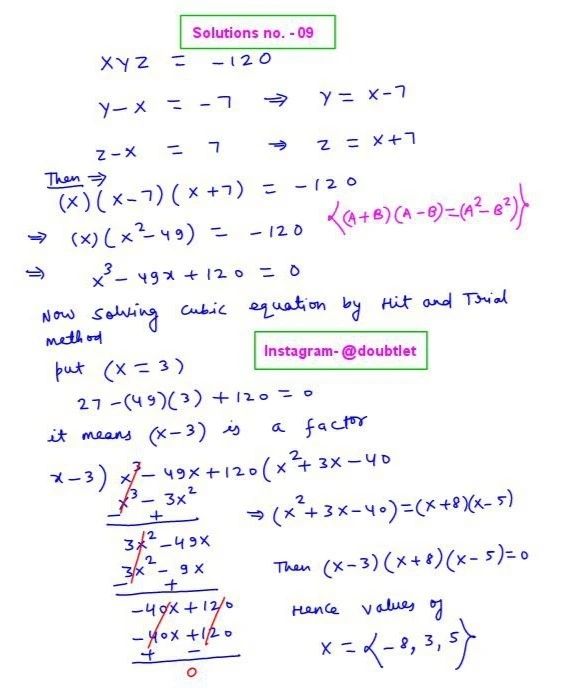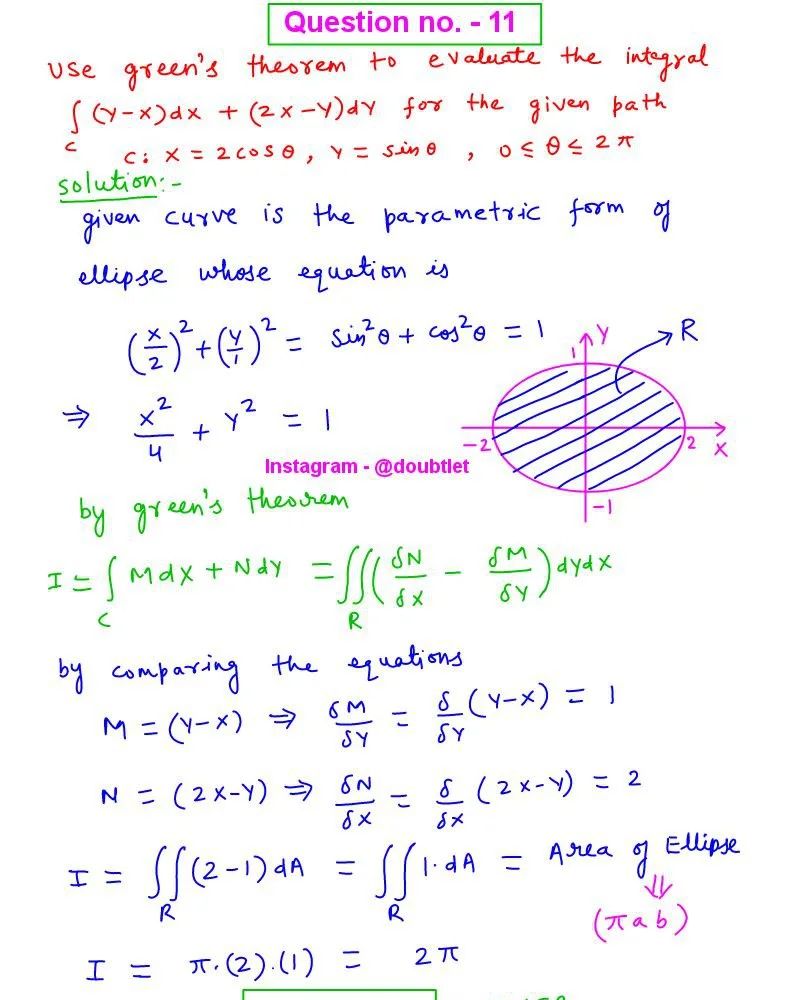









Matrix Reduced Row Echelon Form (RREF) is the simplified version of a matrix achieved through row operations, where each row starts with a leading 1 (pivot), and all other elements in that pivot's column are zero. It is widely used in solving systems of linear equations, making it easier to identify solutions or understand the structure of the matrix.

Neetesh Kumar | September 13, 2024
Share this Page on:
![]()
![]()
![]()
![]()
![]()
- 1. Introduction to the Matrix Reduced Row Echelon Form
- 2. What is Matrix Reduced Row Echelon Form
- 3. How to find the Matrix Reduced Row Echelon Form
- 4. Rules for Matrix Reduced Row Echelon Form
- 5. Properties of Matrix Reduced Row Echelon Form
- 6. Matrix Reduced Row Echelon Form Solved Examples
- 7. Practice questions on Matrix Reduced Row Echelon Form
- 8. FAQs on Matrix Reduced Row Echelon Form
- 9. Real-life application of Matrix Reduced Row Echelon Form
- 10. Conclusion
1. Introduction to the Matrix Reduced Row Echelon Form:
Matrix Reduced Row Echelon Form (RREF) is a key concept in linear algebra, particularly useful when solving systems of linear equations, determining matrix rank, and inverting matrices. It's a refined form of Gaussian elimination, where a matrix is transformed to its simplest version. This simplified form allows for easier interpretation and problem-solving, making it a fundamental technique in various fields such as mathematics, engineering, and data science.
2. What is Matrix Reduced Row Echelon Form:
The Reduced Row Echelon Form (RREF) of a matrix is a matrix that has undergone a series of row operations to reach a form where:
-
Each leading entry (also known as a pivot) in a row is 1.
-
The leading entry of each row is the only non-zero element in its column.
-
Rows consisting entirely of zeros (if any) are at the bottom of the matrix.
-
Each leading 1 is to the right of the leading 1 in the previous row.
This format allows for easy interpretation of the matrix, often providing immediate insight into the solutions of a system of linear equations.
3. How to find the Matrix Reduced Row Echelon Form:
To find the RREF of a matrix, follow these steps:
-
Identify the Pivot: Start with the leftmost non-zero column and make the top element of this column (the pivot) equal to 1, if it is not already. You can do this by dividing the entire row by the pivot value.
-
Eliminate Below: Make the elements below this pivot zero by subtracting multiples of the pivot row from the rows below.
-
Move to the Next Column: Move to the next column and repeat the process for each successive pivot until all leading entries are 1 and all elements below these pivots are 0.
-
Eliminate Above: After the matrix has echelon form, work upwards from the last row to eliminate any non-zero elements above the pivots.
These steps are called elementary row operations: row swapping, multiplying a row by a non-zero scalar, and adding or subtracting multiples of one row from another.
4. Rules for Matrix Reduced Row Echelon Form:
Certain rules guide the transformation of a matrix into RREF:
-
Leading 1 in Each Row: The first non-zero number in each row (pivot) must be 1.
-
Zeros Above and Below the Pivot: Each pivot must be the only non-zero entry in its column.
-
Row Hierarchy: If a row is completely made of zeros, it must be at the bottom of the matrix. Rows with non-zero entries should be above any zero rows.
-
Columns Ordered by Pivot: Each leading 1 (pivot) is positioned further to the right than the leading 1 in the row above it.
5. Properties of Matrix Reduced Row Echelon Form:
Here are the key properties of a matrix in Reduced Row Echelon Form:
-
Uniqueness: The RREF of a matrix is unique. No matter which row operations you perform, as long as they are valid, every matrix has only one RREF.
-
Matrix Rank: The number of non-zero rows in a matrix’s RREF equals its rank, which tells you the number of linearly independent rows or columns in the matrix.
-
Solving Linear Systems: When a system of linear equations is represented by an augmented matrix, its RREF makes it easy to identify solutions, including unique solutions, infinitely many solutions, or no solution.
-
Echelon Form: RREF is a more refined version of row echelon form, where additional row operations make the matrix fully simplified.
6. Matrix Reduced Row Echelon Form Solved Examples:
Question:
Convert a matrix to RREF:
Solution:
-
Set the First Leading 1: Divide by 2 to make the first entry of the first row a leading 1.
The matrix now looks like this:
-
Zero Out the First Column: Make all other entries in the first column zero.
-
Row 2:
-
Row 3:
The matrix becomes:
-
-
Set the Second Leading 1: The second entry in the second row (1 at ) is already a leading 1.
-
Zero Out the Second Column: Make all other entries in the second column zero.
-
Row 1:
-
Row 3:
The matrix now looks like this:
-
-
Set the Third Leading 1: Divide by to make the third entry of the third row a leading 1:
The matrix now becomes:
-
Zero Out the Third Column: Make all other entries in the third column zero.
-
Row 1:
-
Row 2:
The final RREF matrix is:
-
7. Practice questions on Matrix Reduced Row Echelon Form :
Q.1: Reduce the following matrix to its RREF:
Q.2: Find the RREF of this matrix:
Q.3: What is the RREF of the matrix:
8. FAQs on Matrix Reduced Row Echelon Form:
What is the difference between row echelon form and reduced row echelon form?
Row echelon form has pivots that may have non-zero entries above the pivot, while reduced row echelon form (RREF) ensures that pivots are the only non-zero element in their columns.
Can every matrix be reduced to RREF?
Yes, every matrix can be transformed into its unique RREF using elementary row operations.
What is the purpose of RREF?
RREF simplifies solving linear systems, helps in determining the rank of a matrix, and reveals insights about the matrix structure.
Does RREF always lead to a solution for a system of equations?
RREF helps determine whether a system has no solution, one unique solution, or infinitely many solutions by examining the resulting matrix.
Is there a formula to directly find RREF?
No, RREF is found through systematic row operations. However, algorithms such as Gauss-Jordan elimination automate this process.
What is a pivot in RREF?
A pivot is the first non-zero element in each row of the matrix after it has been reduced to echelon form.
How can RREF help in finding the inverse of a matrix?
By augmenting a matrix with the identity matrix and applying row operations to reduce the original matrix to the identity form, the result on the augmented side becomes the inverse.
9. Real-life application of Matrix Reduced Row Echelon Form:
RREF is widely used in real-life applications, especially in solving systems of linear equations, such as:
-
Engineering: In mechanical and electrical engineering, RREF is used to solve circuit equations, mechanical systems, and optimize engineering designs.
-
Economics: Economists use RREF to model and solve economic systems where multiple variables are interdependent.
-
Computer Graphics: Matrix operations like RREF are used in 3D modeling, animation, and transformations of objects in computer graphics.
-
Data Science: In machine learning and data science, RREF can help solve systems of linear equations for algorithms such as linear regression, simplifying computations and providing insights into datasets.
10. Conclusion:
Matrix Reduced Row Echelon Form (RREF) is a powerful tool for simplifying matrices, solving linear systems, and understanding matrix properties. By transforming a matrix to its simplest form, RREF provides clarity on the matrix's structure, making it easier to determine solutions, rank, and other essential characteristics. Mastering this technique is vital for anyone working with linear algebra, whether in theoretical studies or real-world applications such as engineering, economics, and computer science.
If you have any suggestions regarding the improvement of the content of this page, please write to me at My Official Email Address: [email protected]
Are you Stuck on homework, assignments, projects, quizzes, labs, midterms, or exams?
To get connected to our tutors in real-time. Sign up and get registered with us.
Matrix Rank Blog
Matrix Adjoint Calculator
Matrix Formula Sheet
Linear Algebra Calculators
Matrix Inverse Calculator
Matrix Scalar Multiplication Calculator
Blog Information
Blog Author: Neetesh Kumar
Blog Publisher: Doubtlet
Comments(0)
Your comment will be reviewed before it is published.



Leave a comment